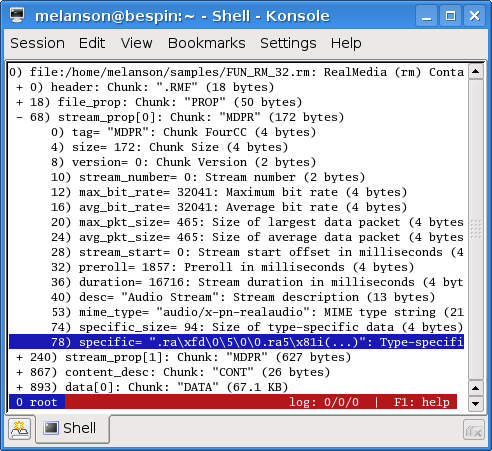I journeyed to the bookstore today in search of an O’Reilly pocket-sized Python reference, in an effort to tip the balance toward the positive in my newfound love/hate relationship with the Python programming language. I found what I was after, and on prominent display. I had not perused the computer book aisle in quite some time so I took a moment to look around. Every current and trendy computer language and development fad was well-represented, including a few of which I was previously unaware. That’s when it dawned on me how hard it is to find a simple book on the C programming language in these sections.
Maybe C just isn’t good for selling books.

This episode reminded me of the difference I observed long ago about the differences in computer book selections at bookstores vs. academic libraries vs. public libraries. A bookstore will stock thick, vastly expensive tomes covering whatever the latest hot computing fad or language happens to be (wait for the fad to blow over and in 6 months the book will be less than $10 on the clearance table). Rewind 10 years to 1996 when Java was taking off in a big way. I think the local Barnes & Noble shop had an entire section devoted to the language. And I seem to remember that every one of the books was essentially the same: A few chapters discussing the basics of the language, with the remaining 4/5 of the book devoted to a verbatim reprint of the official Java language and API reference that was freely available online.
An academic library, such as the one found at your local technical university, will stock a few of the fad books about specialized skills but will feature far more texts on fundamental and advanced computer science theory (think “general theory of fishing” vs. “learn bass fishing in 3 days!”). A community public library, in my experience, will have a decent mix of both types of books.

